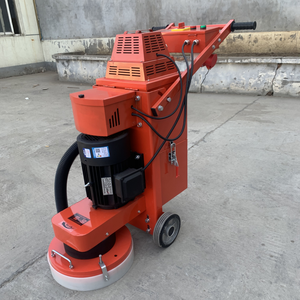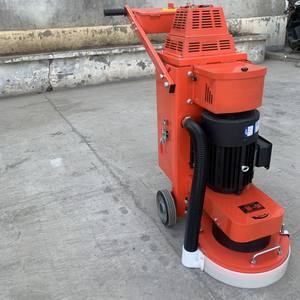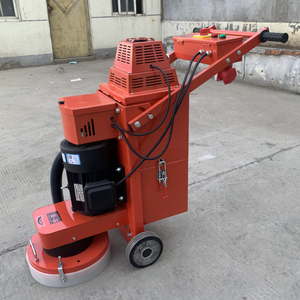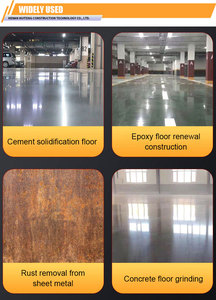Introduction to Belt Floor Sanders
A belt floor sander is an essential tool for anyone involved in flooring projects, particularly for those looking to restore or refresh wooden surfaces. It is designed to remove old finishes, imperfections, and rough spots, allowing for a smooth, polished finish. Whether you are a professional contractor or a DIY enthusiast, understanding the core aspects of a belt floor sander can elevate your work quality and efficiency.
Types of Belt Floor Sanders
Belt floor sanders come in various types, each offering unique benefits suitable for different applications:
- Portable Belt Sanders: Ideal for small jobs and tight spaces, these lightweight tools are easy to maneuver and transport, making them perfect for DIY tasks.
- Heavy-Duty Belt Sanders: Designed for larger projects, these robust machines can handle more extensive sanding tasks with powerful motors and larger sanding belts. They are perfect for commercial use in flooring companies.
- Edge Sanders: These specialized sanders are perfect for working on edges and corners where traditional sanders cannot reach, ensuring complete and consistent finishing.
- Combination Sanders: These versatile machines offer additional features like a disc sander, making them suitable for various sanding tasks and providing excellent value for money.
How to Choose the Right Belt Floor Sander
Selecting the right belt floor sander can significantly impact the quality of your finish. Here are some critical factors to consider:
- Project Size: For smaller projects, a portable sander may suffice, while larger projects might require a heavy-duty model for efficiency.
- Motor Power: Higher motor power tends to deliver faster sanding but may need to be matched with appropriate sandpaper grit to avoid damaging the floor.
- Weight and Portability: If mobility is a concern, consider investing in a lighter model that still meets your performance requirements.
- Dust Collection: Look for sanders with effective dust collection systems to keep the work area clean and reduce health hazards associated with fine dust.
- Sanding Belt Size: A larger belt will cover more area and reduce the time taken for sanding, whereas smaller belts might be better for detailed work.
Applications of Belt Floor Sanders
Belt floor sanders are incredibly versatile, finding applications across a myriad of woodworking tasks:
- Refinishing Wood Floors: Most commonly used for refinishing hardwood floors, allowing you to strip away old finishes and prepare for re-coating.
- Surface Preparation: Preparing new wood surfaces for finishing, ensuring they are smooth and ready for stain or sealant.
- Removing Imperfections: Ideal for repairing damage like dips, dents, or scratches caused by wear and tear.
- Furniture Restoration: Perfect for stripping, sanding, and restoring antique or damaged wooden furniture.
- Event and Construction Projects: Used within an array of constructions sites for achieving quality finishes on wooden stages, panels, and more.
Features of Belt Floor Sanders
Understanding the features of belt floor sanders can help in choosing the best model for your needs:
- Adjustable Speed Settings: Allows for greater control over the sanding process, helping to achieve specific finishes based on the task at hand.
- Ergonomic Design: Many models come with ergonomic grips that reduce fatigue during prolonged use, enhancing user comfort.
- Durable Construction: Built often with heavy-duty materials to withstand the rigors of sanding jobs and ensure a long-lasting tool.
- Sanding Belt Alignment Mechanism: Features that assist in maintaining the alignment of sanding belts, which enhances sanding efficiency and prolongs belt life.
- Quick Belt Change System: A user-friendly design that allows for quick and hassle-free belt changes, improving workflow efficiency.





















































